Textiles like curtains, pillows, and carpets play a big role in making a room feel cozy and balanced. They add warmth, texture, and personality without needing major changes. Using different fabrics and layers helps create a peaceful and inviting space that feels just right.
Choosing soft colors and natural materials can improve the mood of any room. Curtains bring in softness and control light, pillows add comfort and style, and carpets tie everything together while making the floor warm. Combining these elements thoughtfully makes a home look and feel more connected.
People don’t need to be experts to start using textiles well. Simple choices, like mixing neutral shades with a few earthy tones or adding patterns carefully, can change a space. Textiles are a quick way to refresh a room and make it feel like home.
Choosing the Right Textiles for a Cozy Home
Good textiles bring comfort, style, and warmth to any room. Selecting fabrics that fit the home’s look and feel helps create a welcoming space. Paying attention to fabric type, color, pattern, and texture makes a big difference.
Understanding Fabric Types and Their Benefits
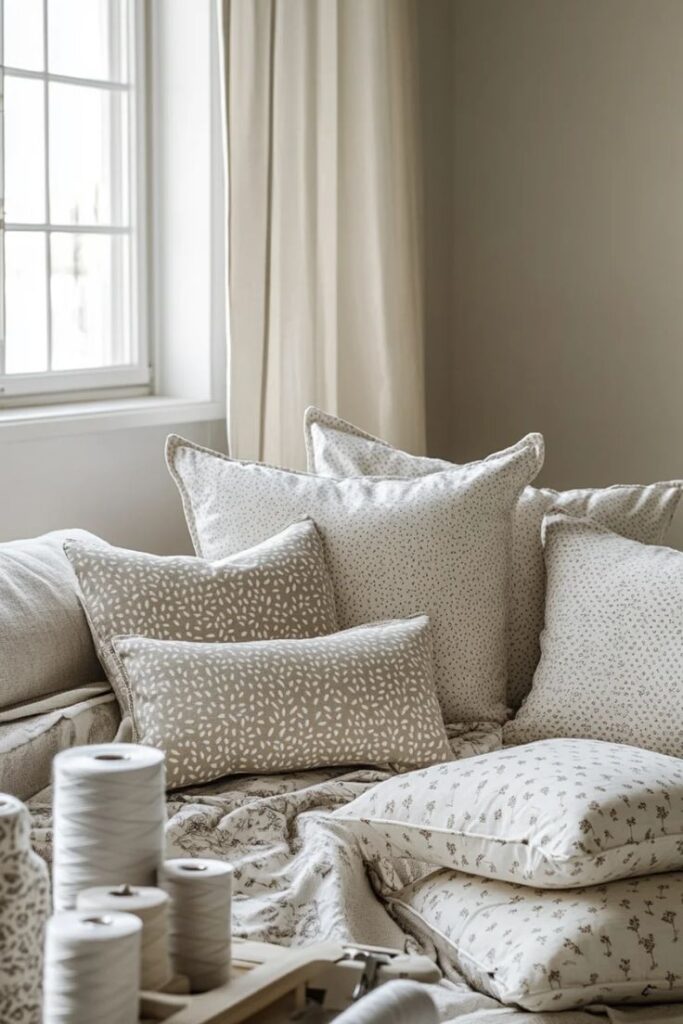
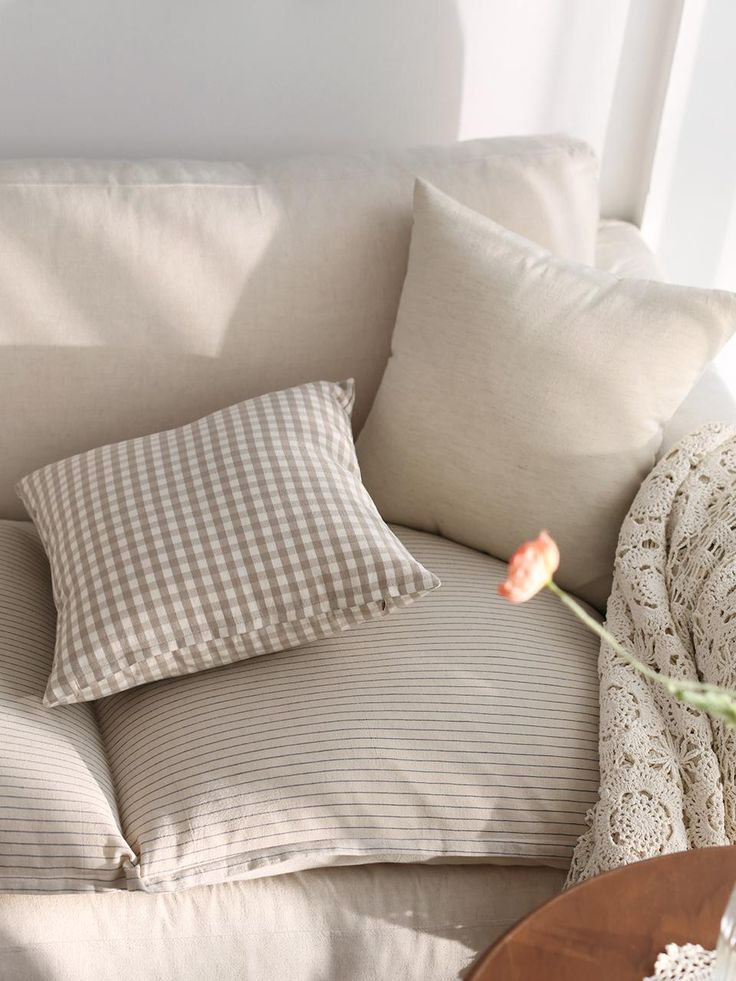
Natural fabrics like cotton, linen, and wool are popular for their breathability and softness. Cotton is easy to clean and durable, making it great for pillows and curtains. Wool adds warmth and is perfect for cozy throws or carpets.
Synthetic fabrics, such as polyester and acrylic, resist stains and hold color well. They work well in busy areas or homes with pets. Blended fabrics combine the best qualities of natural and synthetic materials, offering comfort with durability.
Choosing the right fabric depends on the room’s use. For example, heavier fabrics block light better for curtains, while softer, plush materials are good for pillows.
Matching Colors and Patterns for Harmony
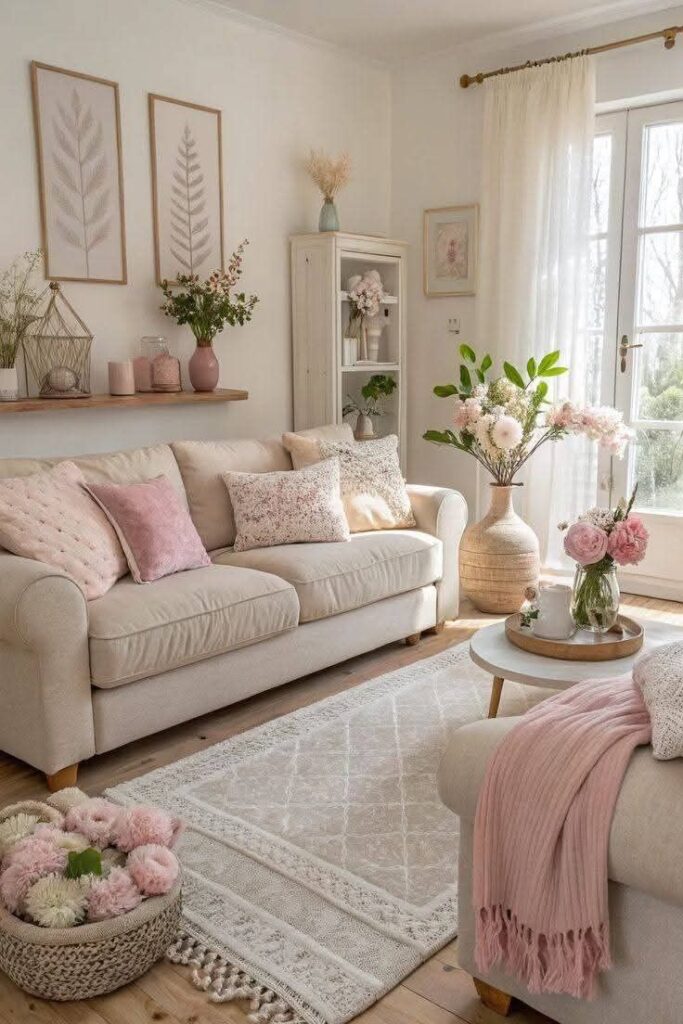

Color sets the tone of a room. Soft, neutral colors like beige, gray, and pastels create calm and relaxation. Bright colors can add energy but should be balanced with neutral tones to avoid overwhelming the space.
Patterns add interest but need to be combined carefully. Mixing large floral prints with small geometric shapes works if colors coordinate. Keeping at least one color consistent across patterns helps keep harmony.
Using a color or pattern as an accent in pillows or rugs can tie the room together without being too bold. It’s a good idea to test fabric swatches in natural light before deciding.
Balancing Texture for Comfort and Style

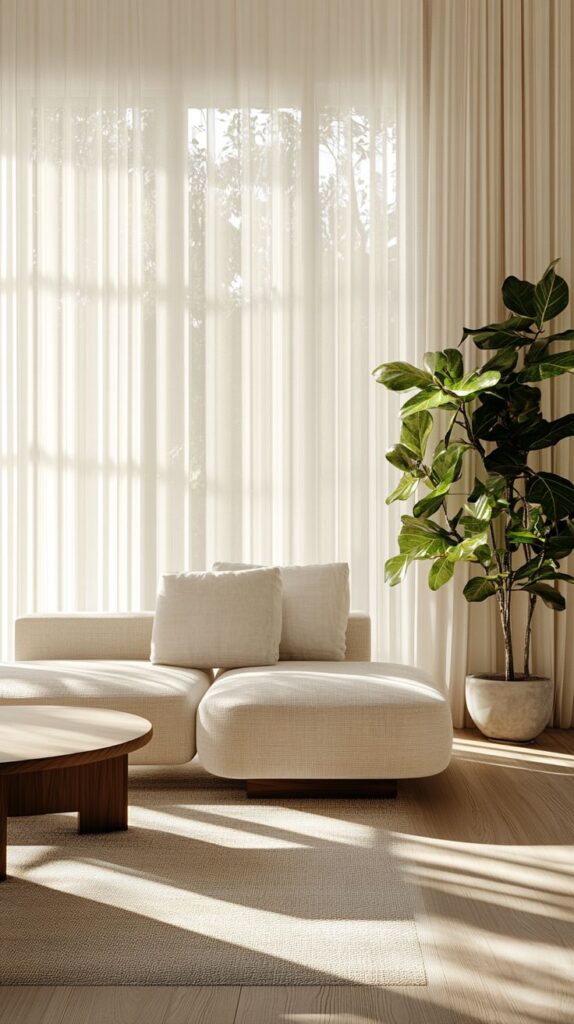
Texture adds depth and helps a space feel inviting. Smooth fabrics like silk or satin work well on curtains for a sleek look. Rougher textures, such as woven wool or burlap, give a rustic and warm feel.
Mixing textures makes a room more interesting. For instance, pairing a soft velvet pillow with a coarse jute rug adds contrast. However, too many rough textures can make a room feel harsh.
A good rule is to have a balance: one or two smooth fabrics, combined with one or two textured ones. This helps create a cozy, layered effect without clutter.
Curtains: Setting the Mood With Window Treatments
Curtains can change how a room feels by adding texture, color, and function. Choosing the right fabric, deciding on the length, and managing light and privacy are key parts of making a space cozy and balanced.
Selecting the Ideal Curtain Fabric
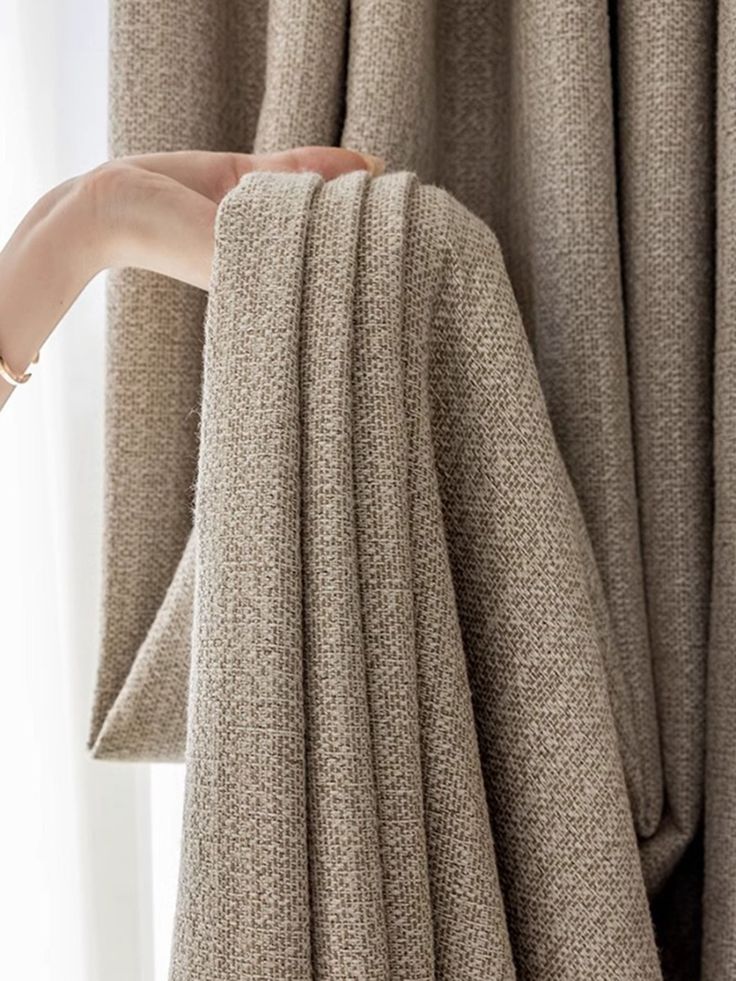
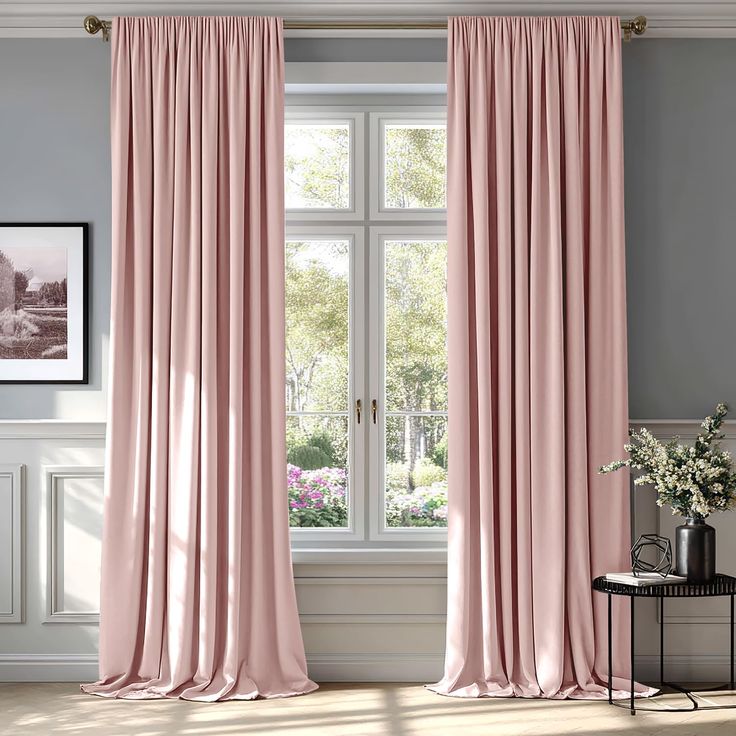
The fabric choice affects the curtain’s look and how it works. Lightweight fabrics like linen or voile bring in airiness, perfect for summer or bright rooms.
Heavier fabrics such as velvet or thick cotton block sunlight and help keep warmth in. These are good for bedrooms or spaces needing more privacy.
Some fabrics also reduce noise and improve insulation. Natural fibers feel soft and can make a room feel warm and inviting, while synthetic ones often last longer and resist wrinkles.
Layering and Length for Visual Appeal
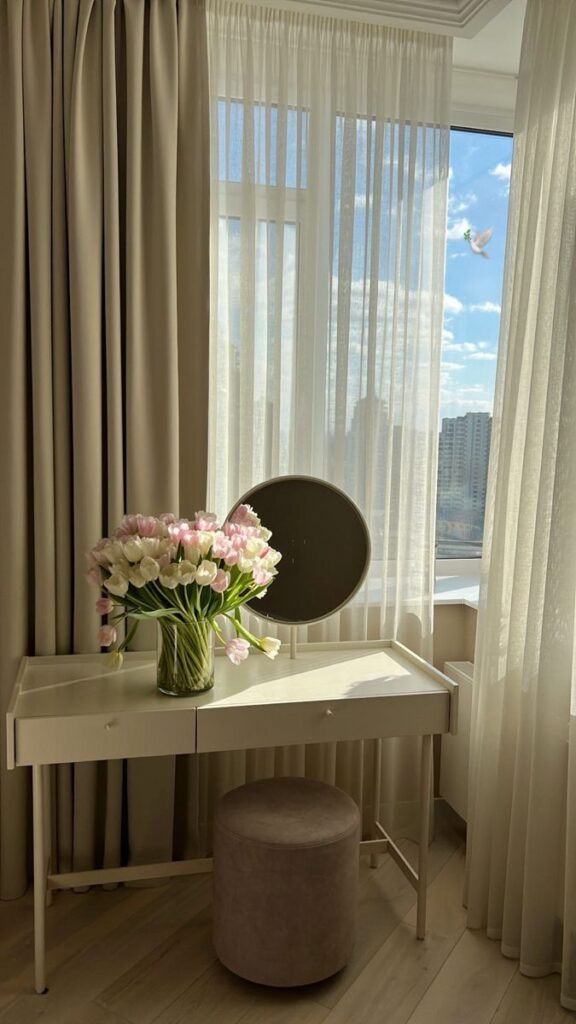
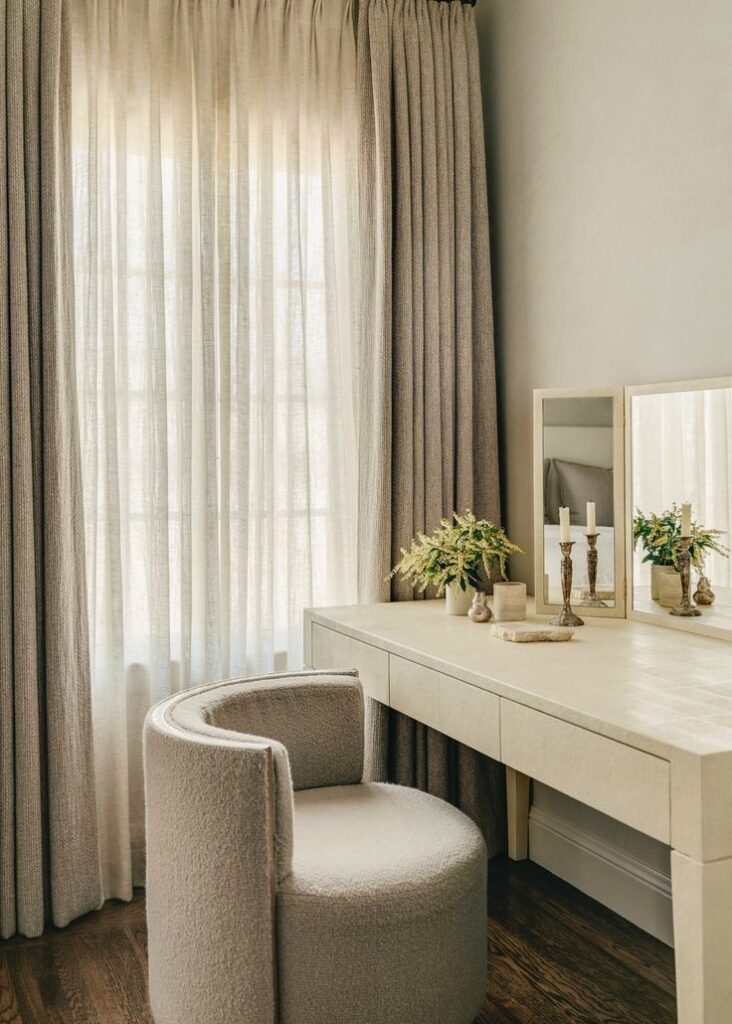
Layering curtains combines style and function. Using a sheer layer beneath a thicker curtain lets light in but keeps privacy during the day.
The length of curtains affects the room’s style. Curtains that just touch the floor look neat and modern. Longer, puddled curtains add a cozy, elegant vibe.
Using tiebacks can shape how curtains sit and create a polished look. They also make it easy to let light in without losing the decorative touch.
Enhancing Privacy and Light Control
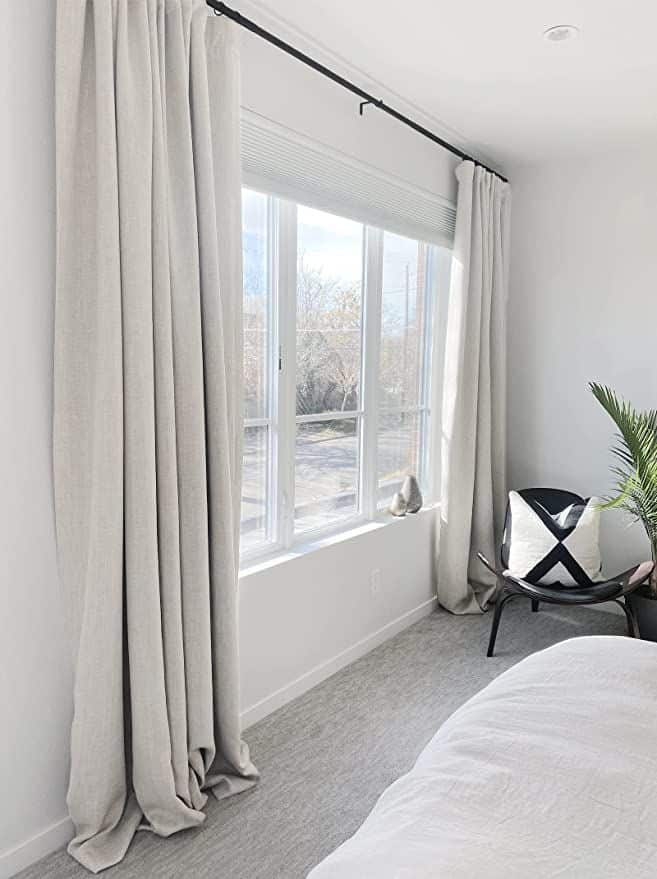
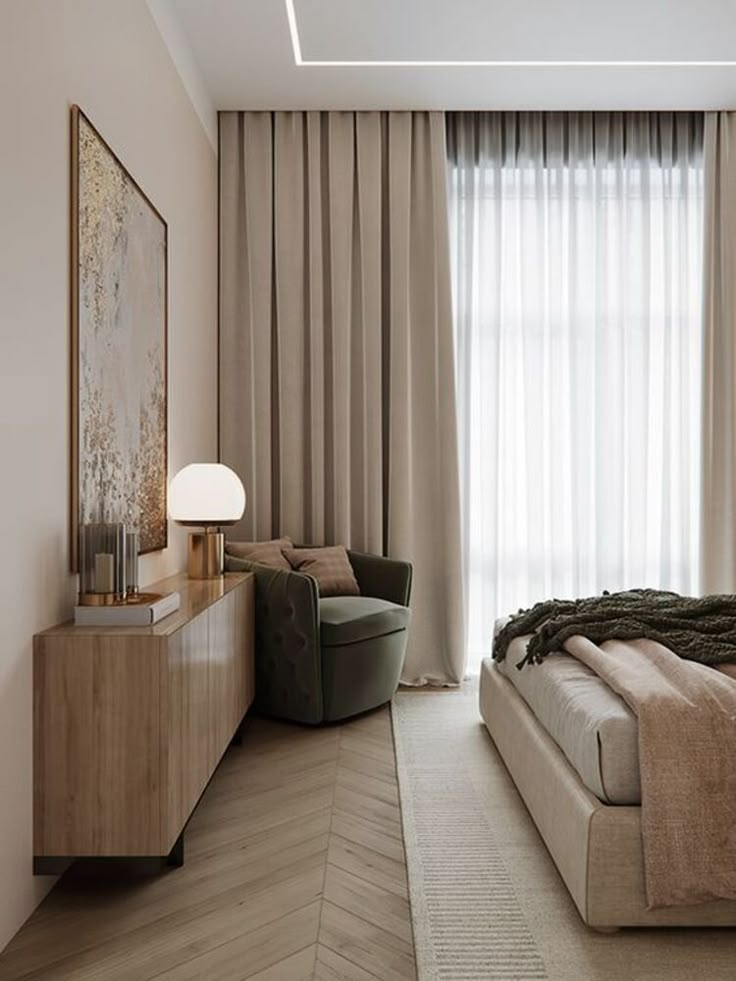
Curtains control how much light enters and protect privacy. Blackout curtains are good for bedrooms or media rooms where blocking light is needed.
Sheer curtains soften sunlight while still letting it through, great for living rooms or kitchens.
Thermal or insulated curtains not only block light but keep out cold drafts, helping with energy savings.
Adding layers or choosing specific fabrics lets people adjust how open or closed their windows feel based on time of day and activity.
Pillows and Carpets: Accents That Transform Spaces
Pillows and carpets bring warmth and character to any room. They add softness, color, and texture, making spaces feel inviting. Using these accents smartly helps create balance and highlights areas within a room.
Coordinating Cushions for Coziness
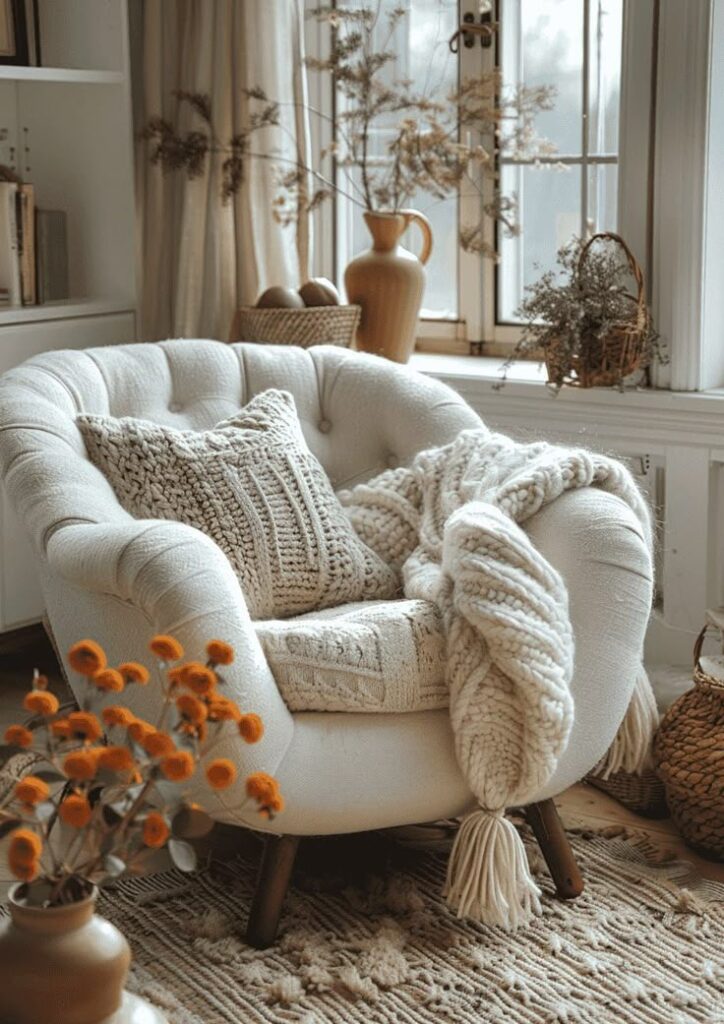
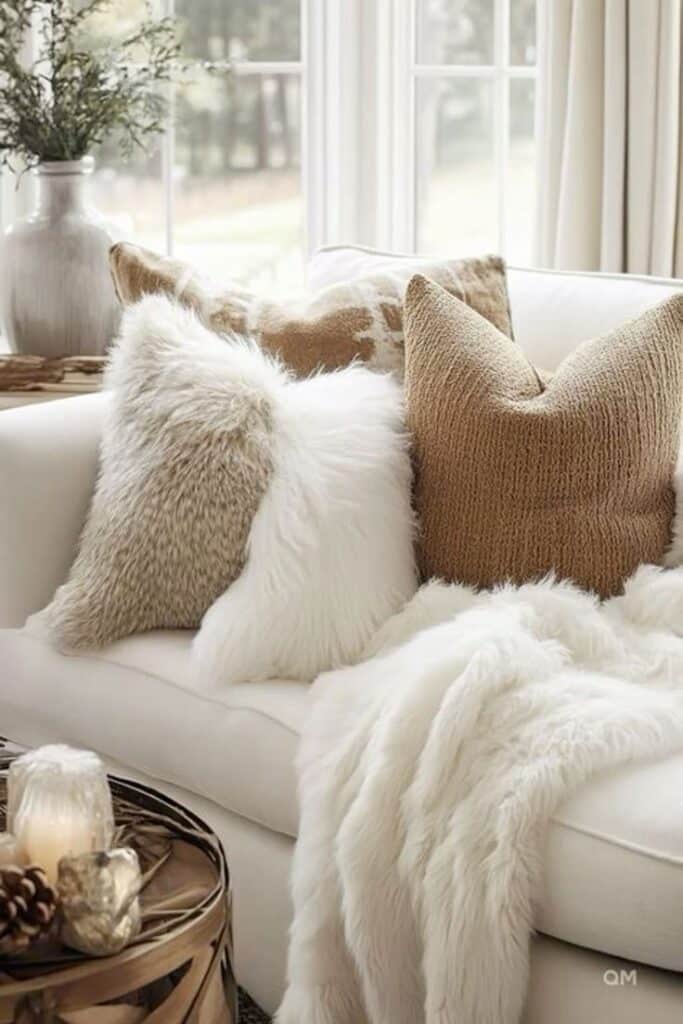
Choosing pillows that match or complement the room’s colors helps tie the space together. Soft fabrics like velvet or cotton add comfort and invite relaxation.
Mixing solid colors with patterns creates visual interest without overwhelming the space. For example, a few floral or geometric cushions on a neutral sofa keep the look fresh.
It’s helpful to pick pillows in different textures, such as smooth, nubby, or fuzzy, to add depth. Layering pillows in groups of three or five balances shape and size for a cozy feel.
Using Carpets to Define and Soften Rooms

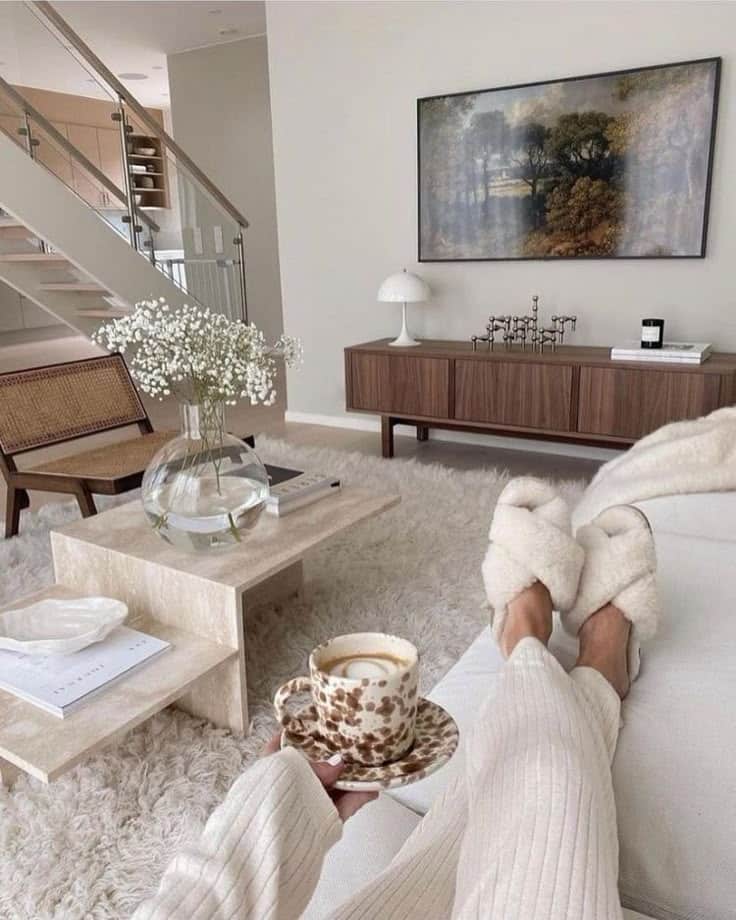
Carpets ground furniture and create clear zones, especially in open areas like living rooms. A large rug under a coffee table can anchor seating and bring people closer.
Soft, thick carpets add warmth, while flatweave rugs are great for busy spots because they are easy to clean. Natural fibers like wool or jute offer durability and texture.
Choose colors that either contrast to highlight a space or match to keep it calm. Patterned carpets can hide dirt and stains but should coordinate with other textiles to avoid clashing.
Mixing Shapes and Sizes for Visual Interest

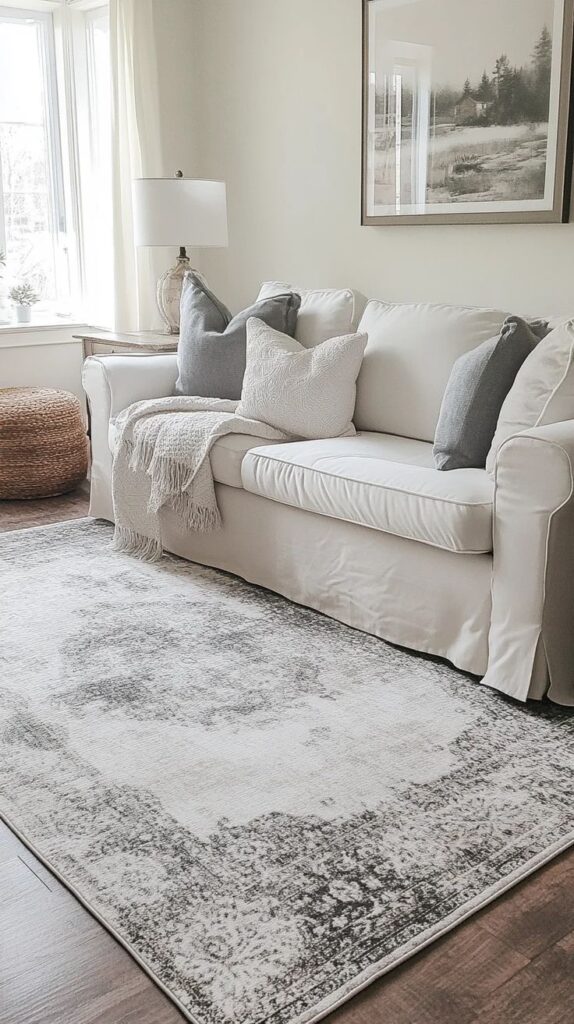
Combining pillows of various shapes, like squares, rectangles, and rounds, adds an unexpected touch. This makes the space feel thoughtful and styled, not just functional.
Varied pillow sizes prevent monotony. Larger pillows work well for support, while smaller ones can be decorative. Placing them in groups with different heights creates movement.
Layering carpets, such as a smaller patterned rug over a large neutral one, adds complexity. It can define functional areas or add focal points without crowding the room.
Maintaining and Refreshing Your Home Textiles
Taking good care of curtains, pillows, and carpets helps keep them looking fresh and lasting longer. Simple habits like regular cleaning and seasonal changes make a big difference. Airing fabrics and protecting them from sun damage also support their durability.
Cleaning Tips to Preserve Fabrics
Light cleaning often works best to avoid wear. For carpets and upholstery, a sprinkle of baking soda helps absorb odors. Let it sit for 15–30 minutes, then vacuum thoroughly.
For curtains and pillows, gentle washing with eco-friendly detergent is recommended. Skip the dryer and hang items to air dry, which keeps fabric shape and color intact.
Avoid harsh chemicals. Spot clean spills quickly using mild soap and water. Regular vacuuming reduces dust and dirt buildup that can weaken fibers over time.
Seasonal Updates for Year-Round Comfort
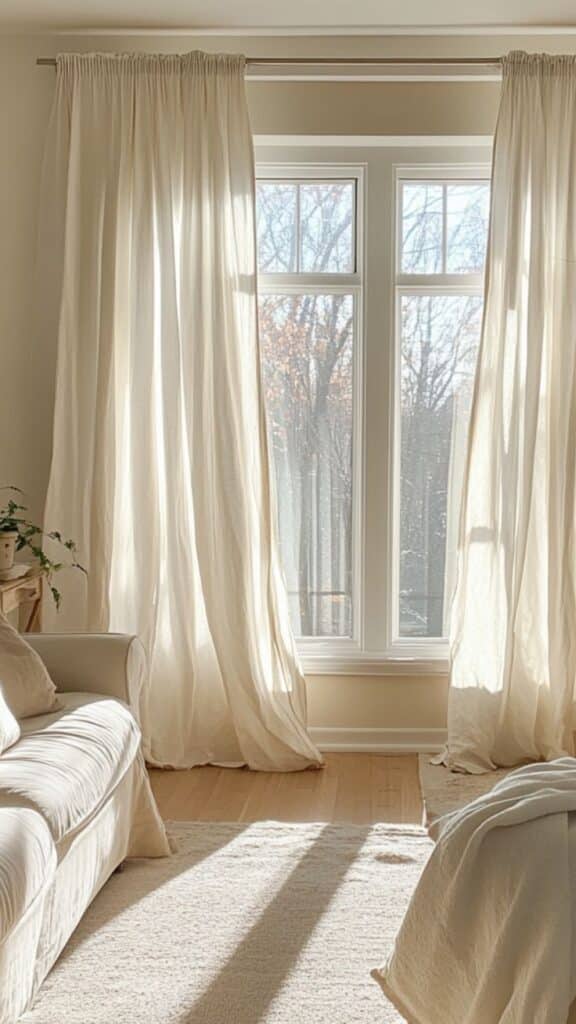
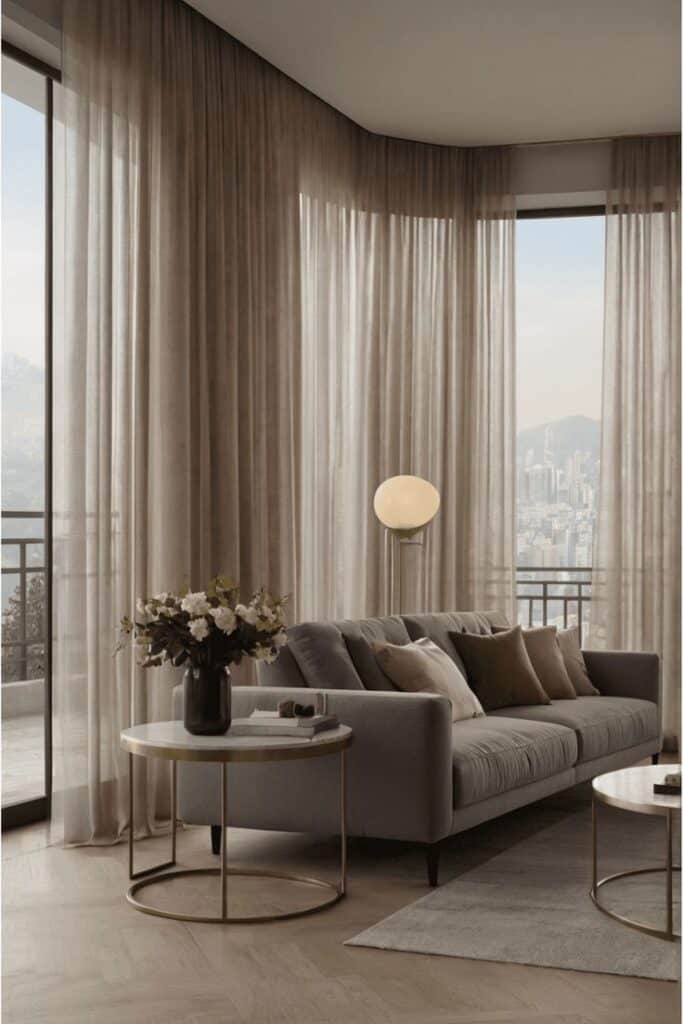
Switching textiles with seasons can refresh a room instantly. In warmer months, lightweight fabrics and bright colors improve air flow and lightness. During colder months, heavier materials and warm tones bring coziness.
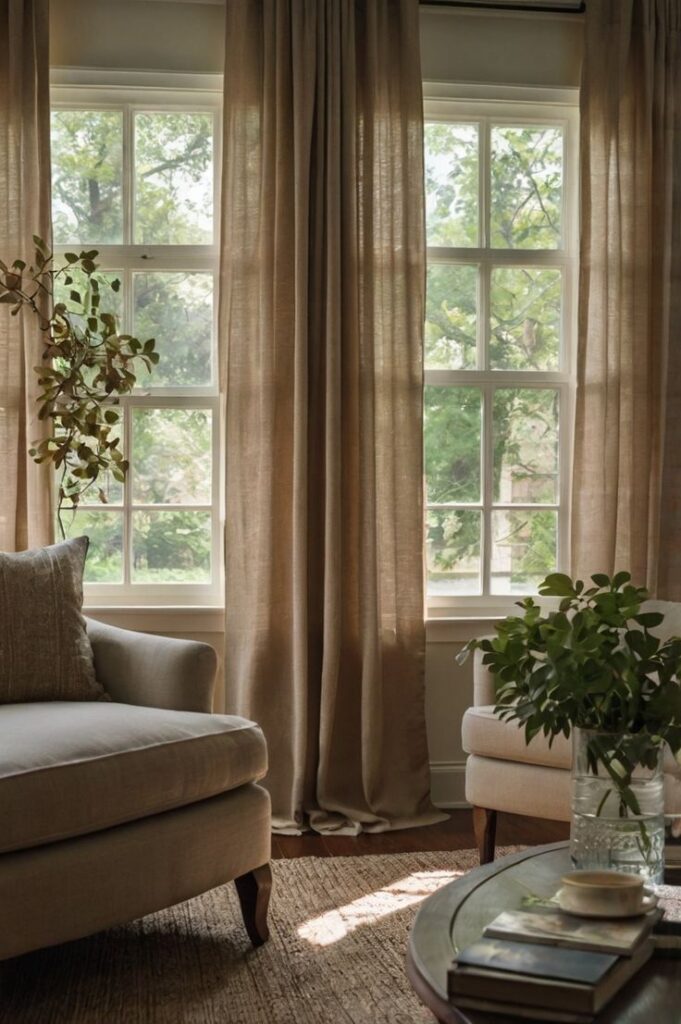
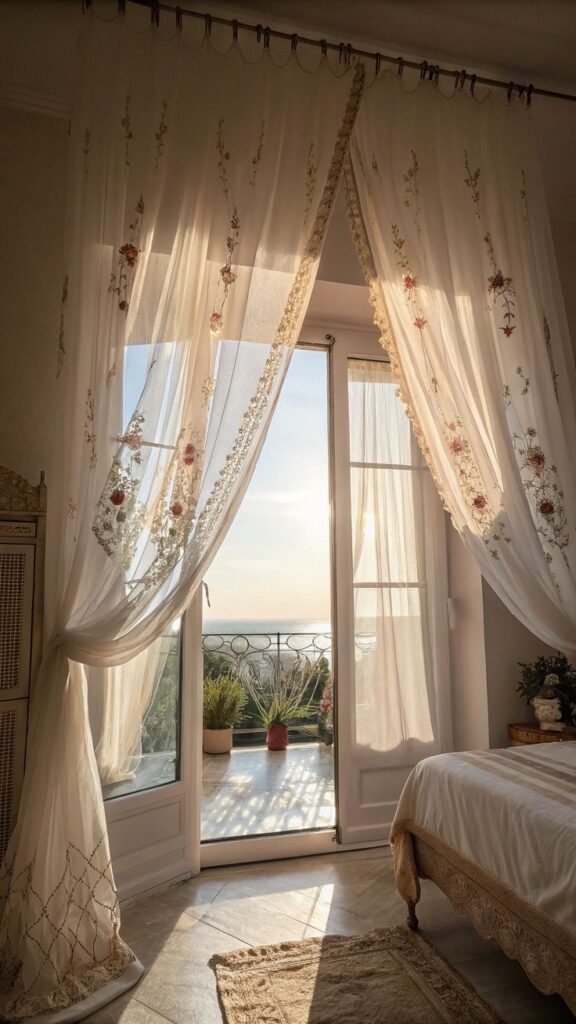
To protect curtains, avoid direct, prolonged sun exposure. It can cause fading and weaken fabric fibers. When possible, hang curtains outside on breezy days for a natural freshening boost.
Rotate cushions regularly to even out wear. Changing textiles not only keeps the look fresh but helps fabrics last longer by reducing constant stress on the same spots.
- 173shares
- Facebook0
- Pinterest173
- Twitter0


